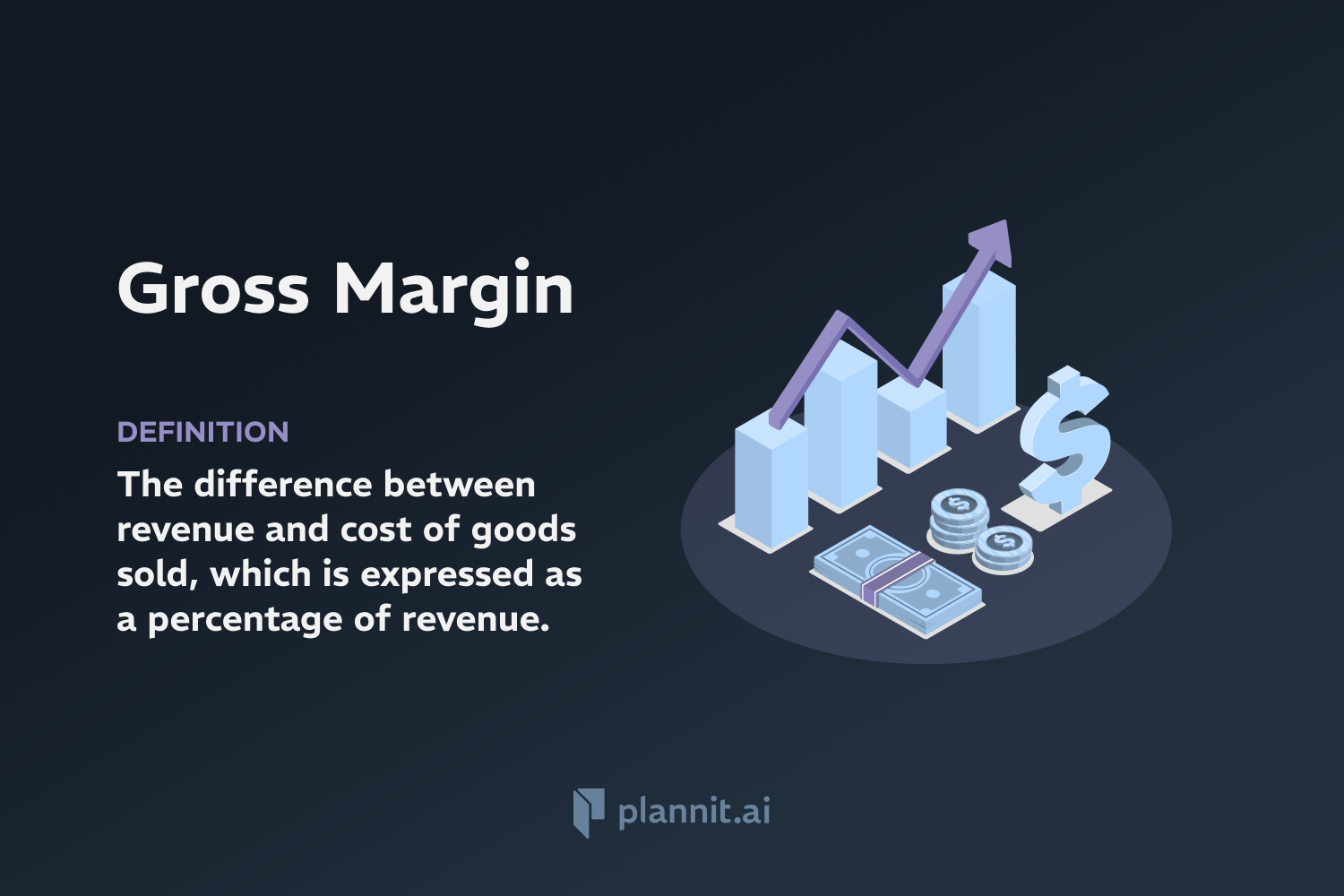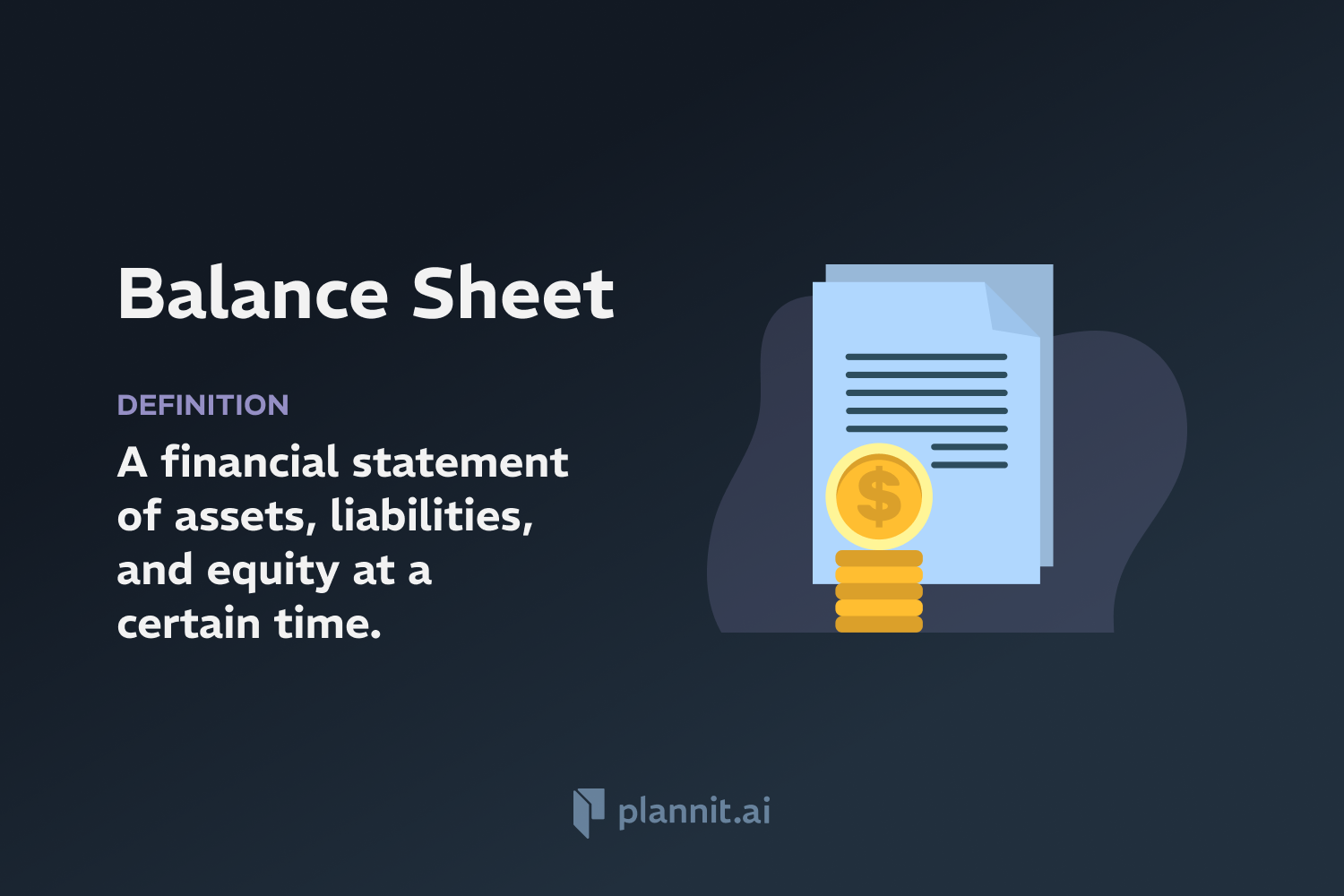Need Help With Your Business Plan?
Answer tailored questions and get a detailed business plan in minutes.
Gross Margin: Definition & In-Depth Explanation

Gross margin, also known as gross profit margin, is a financial metric used to assess a company's financial health by revealing the proportion of money left over from revenues after accounting for the cost of goods sold (COGS). It is expressed as a percentage and indicates the efficiency with which a company produces and sells its products at a profit.
Purpose:
The purpose of calculating gross margin is to evaluate how effectively a company is managing its production costs relative to its sales. A higher gross margin indicates that a company is making more money on each dollar of sales, giving it more resources to pay for other costs and obligations such as R&D, salaries, and other operating expenses. Monitoring gross margin helps businesses make strategic decisions about pricing, manufacturing costs, and product lineups.
Example:
If a company generates $100,000 in sales and its cost of goods sold is $60,000, its gross profit is $40,000. The gross margin percentage is calculated as (gross profit / total revenue) x 100, which in this case is ($40,000 / $100,000) x 100 = 40%. This means that for every dollar earned from sales, the company retains $0.40 after covering the direct costs associated with producing the goods.
Related Terms:
Net Margin: The percentage of revenue remaining after all operating expenses, interest, taxes, and preferred stock dividends have been deducted from total revenue.
Operating Margin: A margin ratio used to measure a company's pricing strategy and operating efficiency.
EBITDA Margin: A measure of a company's operating profit as a percentage of its revenue, adjusting for interest, taxes, depreciation, and amortization.
Cost of Goods Sold (COGS): The direct costs attributable to the production of the goods sold by a company.
FAQs:
What is a good gross margin?
A good gross margin varies by industry and company size. However, a higher gross margin generally indicates a better position to cover operating expenses and yield profits.
How can a company improve its gross margin?
A company can improve its gross margin by increasing product prices, reducing costs of goods sold through more efficient production processes or cheaper sourcing of materials, or by shifting its sales mix towards higher-margin products.
Does a high gross margin always mean a company is profitable?
Not necessarily. While a high gross margin is favorable, it must be high enough to cover operating and other expenses for the company to be profitable.
Can gross margin fluctuate over time?
Yes, gross margin can fluctuate due to changes in production costs, pricing strategies, and shifts in product demand.
Why is gross margin important for investors?
Gross margin is a key indicator of a company's financial health and its ability to generate sales profitably. It helps investors assess the risk level of the company and predict future performance.
Get funding with a business plan that will impress investors.
Starting a New Business?



